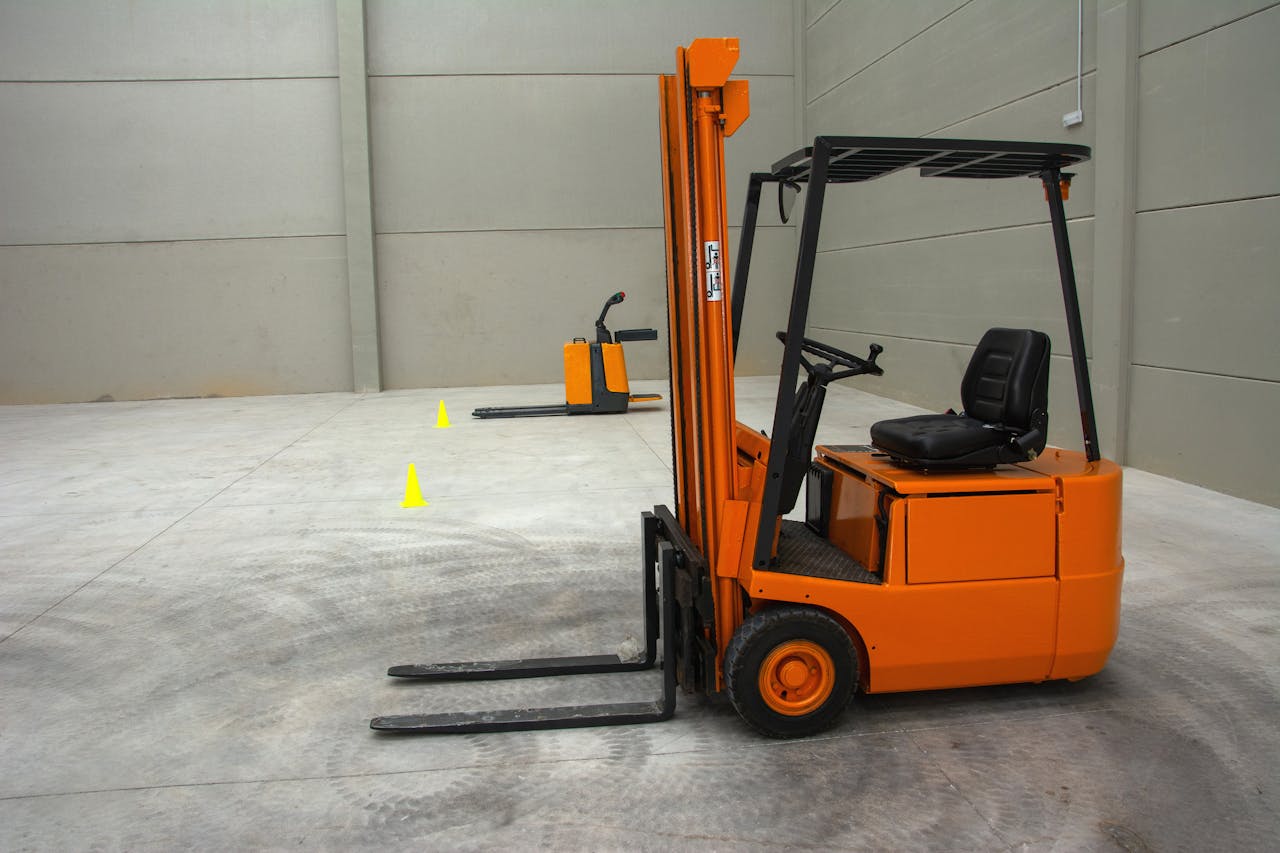Key Takeaways:
- Understanding the importance of forklift safety in the workplace.
- Common hazards associated with forklifts and how to avoid them.
- Best practices for operating forklifts safely.
- The role of proper training and certification in forklift safety.
- How to maintain forklifts to ensure safe operation.
Table of Contents:
- The Importance of Forklift Safety
- Common Forklift Hazards
- Best Operational Practices
- Training and Certification
- Forklift Maintenance
The Importance of Forklift Safety
Forklift safety is crucial in reducing workplace accidents. According to the Occupational Safety and Health Administration (OSHA), forklifts are responsible for approximately 85 fatalities and 34,900 serious injuries yearly. These staggering statistics highlight the need for stringent safety practices, including onsite forklift training and certification CA, which can help prevent these incidents.
Forklifts are powerful machines designed to lift and move heavy loads swiftly and efficiently. Despite their utility, the improper use of forklifts can lead to severe accidents that endanger the operator and affect other employees. Ensuring all operators have comprehensive training and certification helps in mitigating these risks. The need for rigorous safety protocols becomes even more pronounced when considering the diverse environments where forklifts are operated, including warehouses, construction sites, and manufacturing plants. Proper safety measures can prevent costly disruptions and maintain a safe working environment for everyone involved.
Common Forklift Hazards
Several hazards are associated with forklift operation, including tipping over, collisions, and falling loads. Tipping over is one of the most common and dangerous forklift accidents. It often occurs due to overloading, uneven surfaces, or making sharp turns at high speeds. To avoid these accidents, operators should be trained to recognize load limits and navigate carefully on uneven terrain.
Collisions can occur due to poor visibility, particularly when carrying large loads obstructing the operator’s view or when operators fail to follow traffic rules within the workspace. Establishing and adhering to clear traffic patterns within the warehouse or job site can mitigate the risk of collisions. Additionally, using spotters when compromised visibility can be a crucial safety measure.
Falling loads are typically a result of improper stacking or handling. Ensuring loads are properly secured and balanced and avoiding overstacking can significantly reduce the risk of accidents. Regularly inspecting the condition of pallets and other load-bearing equipment can also prevent accidents caused by equipment failure.
By identifying these risks, employers and operators can implement preventive measures to reduce the occurrence of accidents significantly. Ensuring that loads are secure, adhering to specified weight limits, and maintaining a clear line of sight contribute to safer forklift operation. Moreover, having marked pathways and designated forklift zones enhances operational safety by clearly delineating areas where forklifts are in use, thus alerting all employees to stay vigilant.
Best Operational Practices
To ensure the safe operation of forklifts, operators should follow several best practices. Conducting pre-operation inspections is essential. This includes checking the brakes, lights, horn, and overall condition of the forklift. Identifying potential mechanical issues before operation helps prevent accidents. If any problems are found, they should be addressed immediately before the forklift is used, ensuring the safety of the operator and those around them.
Operators should adhere to speed limits and avoid making sudden stops or turns, which can lead to tipping over. Speeding is a common cause of forklift accidents, and maintaining a controlled speed ensures better reaction times and stability. Maintaining clear visibility at all times is crucial. Operators should keep loads low enough to see over and use spotters when navigating tight or crowded spaces. Clear visibility prevents collisions and enables operators to swiftly see and respond to obstacles or potential hazards.
Additionally, operators should be mindful of their surroundings, especially in areas with heavy pedestrian traffic. Safety measures such as using designated walkways and barriers can separate forklift traffic from pedestrians. They avoid distractions, such as using mobile devices and never operating forklifts while under the influence of drugs or alcohol, which are also critical components of safe operation. Staying focused and alert minimizes the risk of accidents caused by inattention or impaired judgment.
Training and Certification
Proper training and certification are essential for ensuring forklift safety. Operators should undergo comprehensive training programs that cover both theoretical and practical aspects of forklift operation. Theoretical training includes learning about the types of forklifts, their capabilities, and safety regulations. Practical training involves hands-on practice under the supervision of experienced trainers, providing operators with the skills needed to handle a variety of operational scenarios safely.
Certification ensures operators have the necessary skills and knowledge to operate forklifts safely. This certification must be renewed periodically to account for any technological advancements and changes in safety standards. Employers should keep records of employee certifications and provide additional training, especially when new equipment is introduced or operating conditions change. Ongoing training ensures that operators remain proficient in their skills and up-to-date with the latest safety protocols.
Forklift Maintenance
Regular maintenance is critical to forklift safety. Scheduled inspections and timely repairs can prevent mechanical failures that could lead to accidents. Maintenance routines should include checking fluid levels, inspecting brakes, and testing safety systems to ensure they function correctly. Any signs of wear and tear, such as frayed cables or leaking fluids, should be addressed immediately to prevent potential hazards.
Operators should be encouraged to report any issues they notice during daily operations. A proactive maintenance schedule can extend the lifespan of forklifts and ensure they operate safely and efficiently. Employers should work with qualified technicians to perform regular comprehensive inspections and ensure all forklifts comply with safety standards. Keeping detailed maintenance records helps track the condition of each forklift and schedule necessary maintenance tasks to avoid unexpected breakdowns or accidents.




